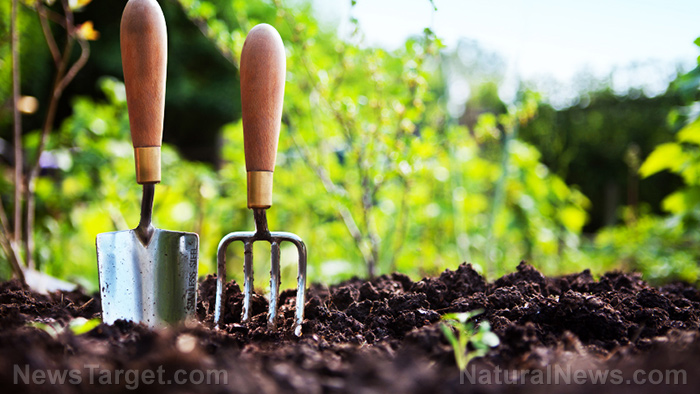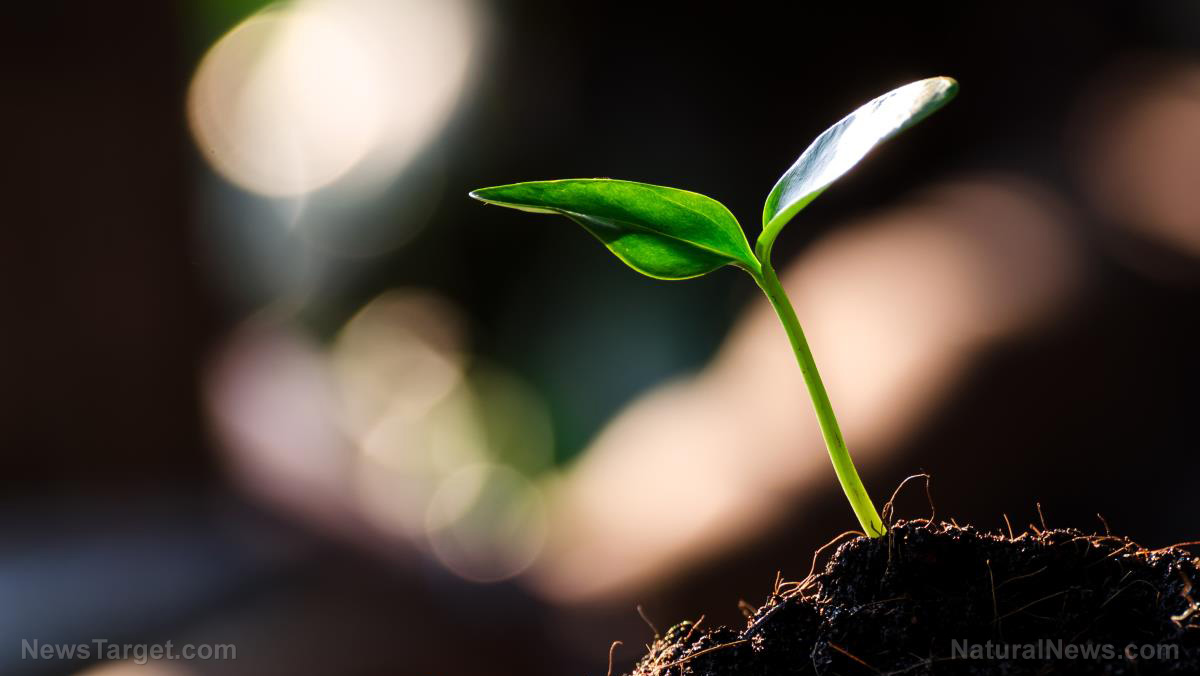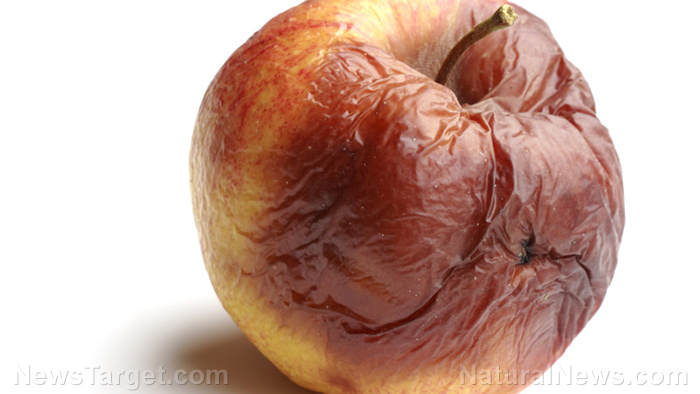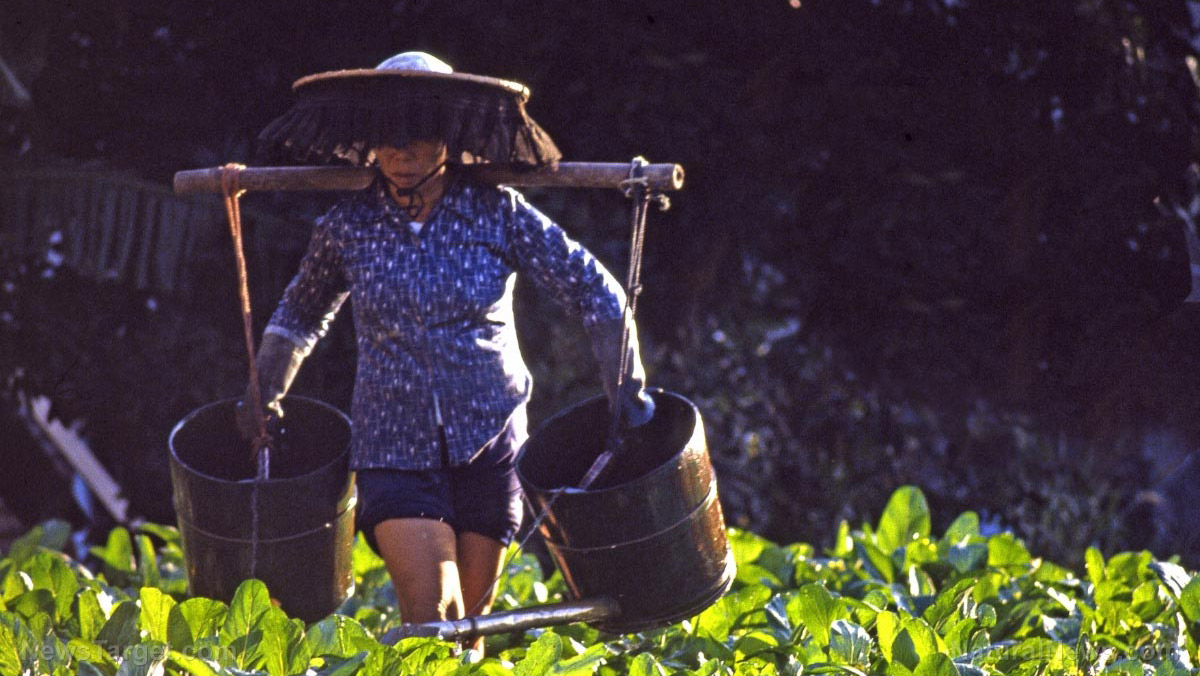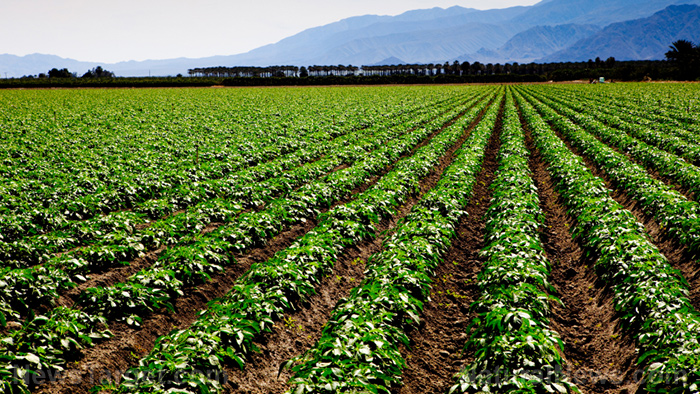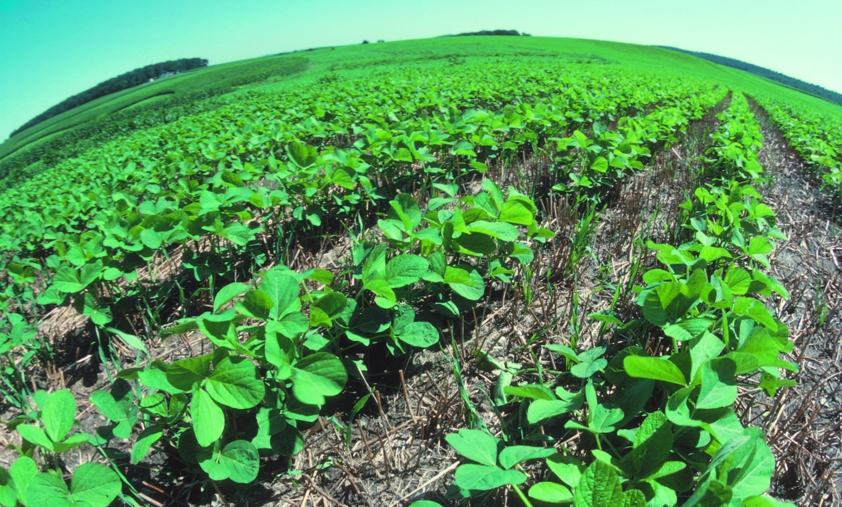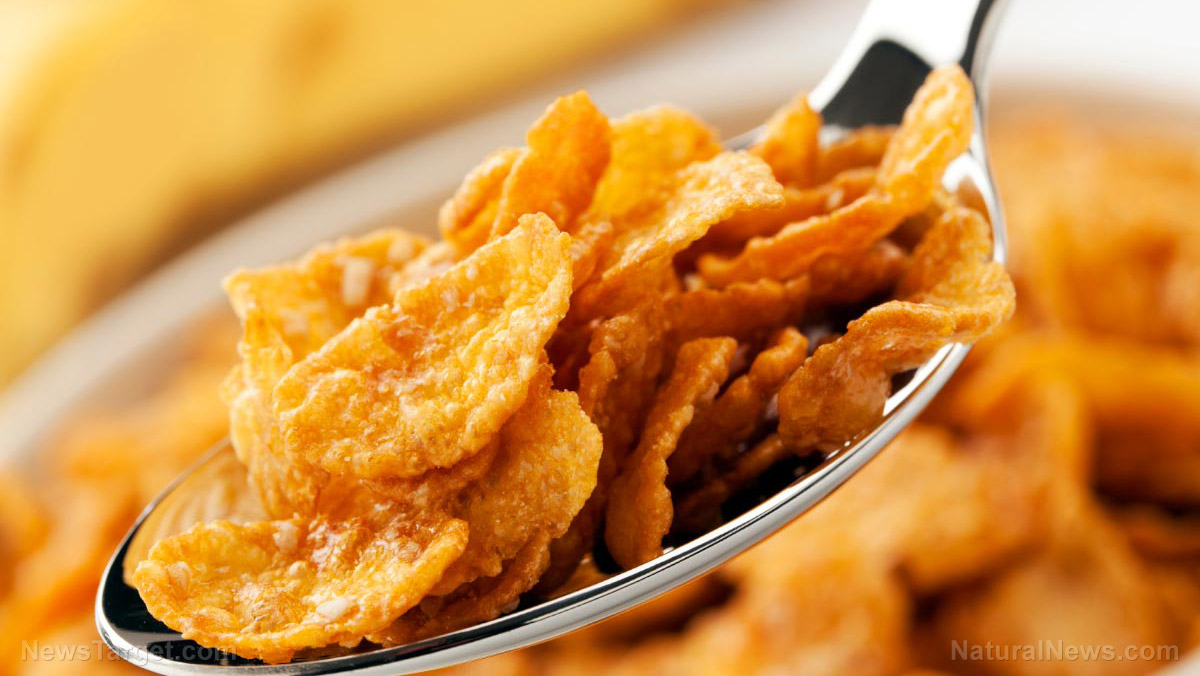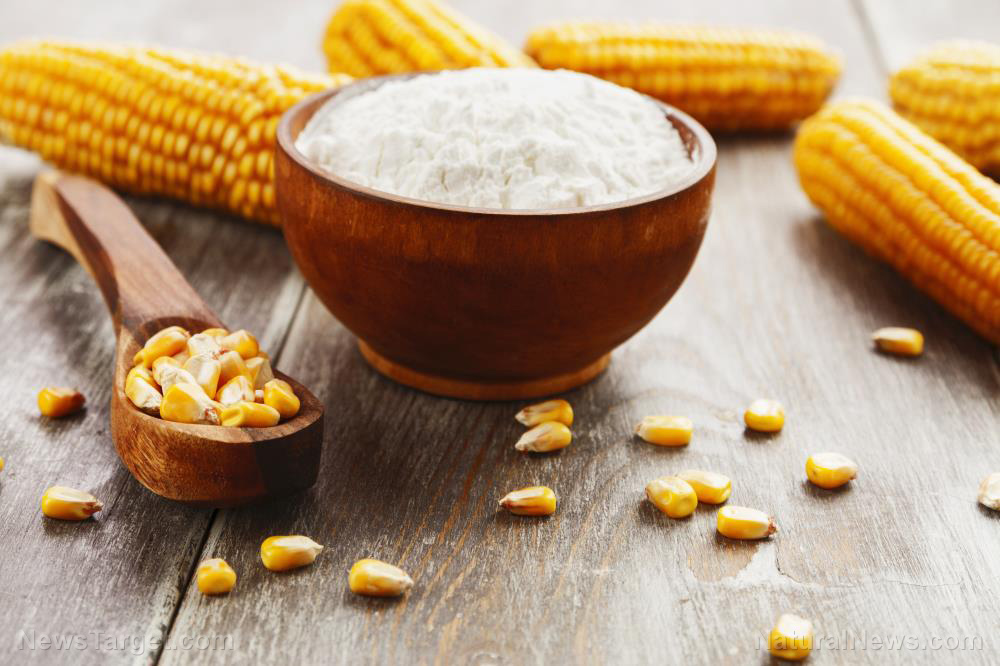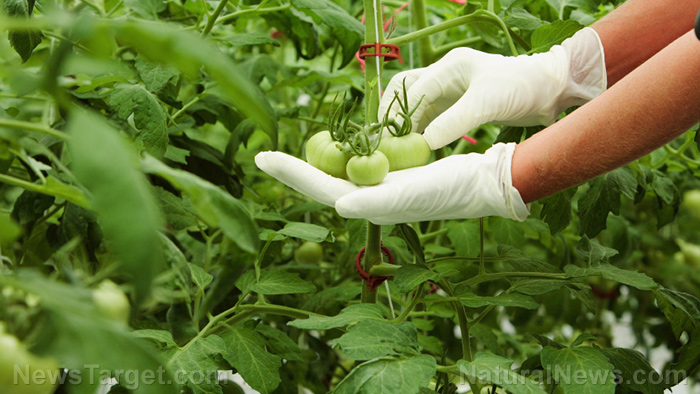A tropical fruit found to be an effective natural fruit fly killer
10/17/2018 / By Edsel Cook
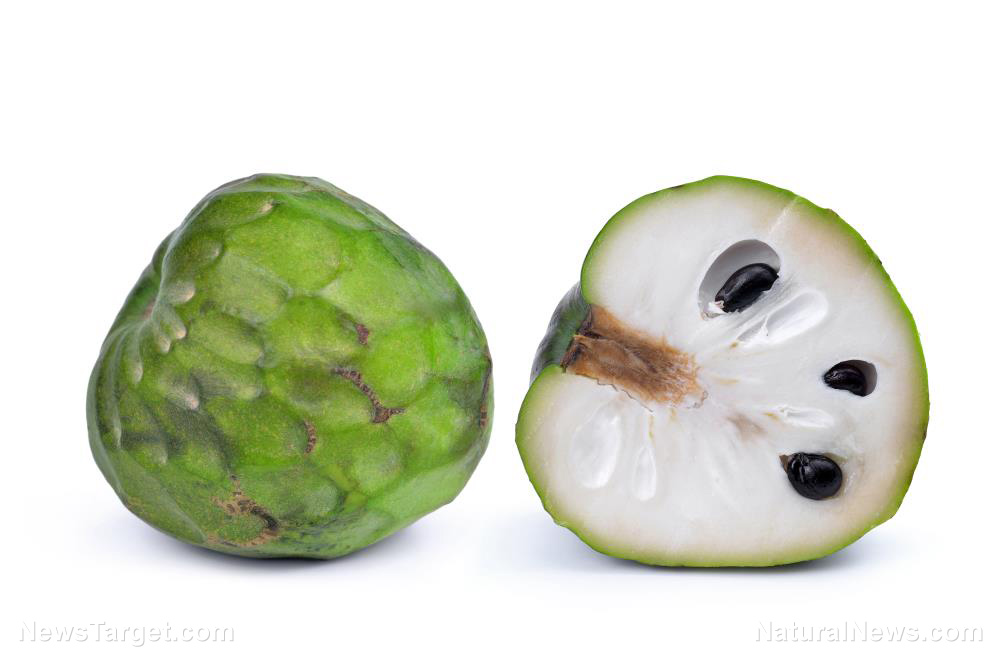
There is an irony about a tropical fruit providing a natural means of killing a fruit fly. Brazilian researchers investigated the possibility of using extracts from the seeds of Annona (Annonaceae) fruits as organic insecticides against the spotted-wing drosophila (Drosophila suzukii).
They reported that the seed extracts could kill the fruit flies and stop them from laying many eggs. Furthermore, the Annona formulas did not cause significant harm to benign insects.
The spotted-wing drosophila is an invasive species of fruit fly from Southeast Asia. This pesky insect targets valuable crops such as strawberries and it is considered a growing threat to American and European agriculture.
Conventional farmers generally manage fruit fly infestations using Spinetoram and other synthetic pesticides. However, these chemicals contaminate the fruit and are toxic to humans when ingested. Chemical insecticides also indiscriminately kill other insects, such as pollinators that benefit the crops or parasitoids that prey on the pests.
This option is not available to organic farmers. They need a natural counterpart that can serve as an effective insecticide that is not toxic to humans or benign species. (Related: Essential oils found to be highly effective at repelling mosquitoes.)
The insecticidal properties of seed extracts from Annona species
Researchers from the Research and Rural Extension Company of Santa Catarina (EPAGRI) chose to tap the Annona genus. Several members of this group have already shown their ability to control insect pests in tropical areas.
The species Annona mucosa, A. muricata, and A. sylvatica were chosen for the experiment. Samples of fruit from each species were obtained. The seeds were removed for processing using ethanol as a solvent.
The resulting formulated seed extracts were applied upon strawberry fruits at discriminatory concentrations of 2,000 milligrams per liter (mg/L). A control group that used the synthetic insecticide Spinetoram was also set up as a comparison.
Both chemically and naturally treated strawberries were exposed to spotted-wing drosophila. The EPAGRI researchers recorded the mortality rate of the fruit flies that came into contact with the fruit. They also noted the effect on the insects’ ability to lay eggs on the fruit.
Additionally, they evaluated the effect on Trichopria anastrephae, a tiny wasp that is a natural enemy of the spotted-wing fruit fly. This insect lays its eggs in the eggs and larva of the fruit fly, using the bigger bug as food for its young. They are therefore affected by any chemical that targets the fruit fly.
Annona mucosa formula can match effectiveness of synthetic pesticide
The researchers reported that the three Annona seed extracts achieved varying effectiveness against the spotted-wing drosophila. The formula that proved most effective was the A. mucosa one.
The A. mucosa extract achieved over 85 percent mortality rate against any fruit fly than came into contact with the strawberry it treated. This was comparable to the performance of Spinetoram.
While the other Annona extracts were not able to kill as many pests as the A. mucosa formula, all three were able to seriously impair the egg-laying abilities of the fruit flies. The drosophila were only able to lay a few eggs in the treated strawberry.
When it came to the effects on Trichopria anastrephae, the parasitoid wasps exposed to the LC90 dose (1,995 mg/L) of A. mucosa extract via ingestion only suffered a 33 percent mortality rate. However, 70 percent of the wasps that came into direct contact with the Annona extract died.
There was a bright side to this. If a wasp survived contact with the Annona extract, its behavior did not drastically change.
In summary, the A. mucosa seed extract showed the best potential for natural management of spotted-wing fruit flies. The researchers believe that it is a viable insecticide for organic farmers.
For those who want to learn more about natural pest control, visit Harvest.news.
Sources include:
IARJSet.com [PDF]
Tagged Under: agriculture, Annona, fruit flies, harvest, insecticides, natural insecticides, organic farming, Spinetoram



